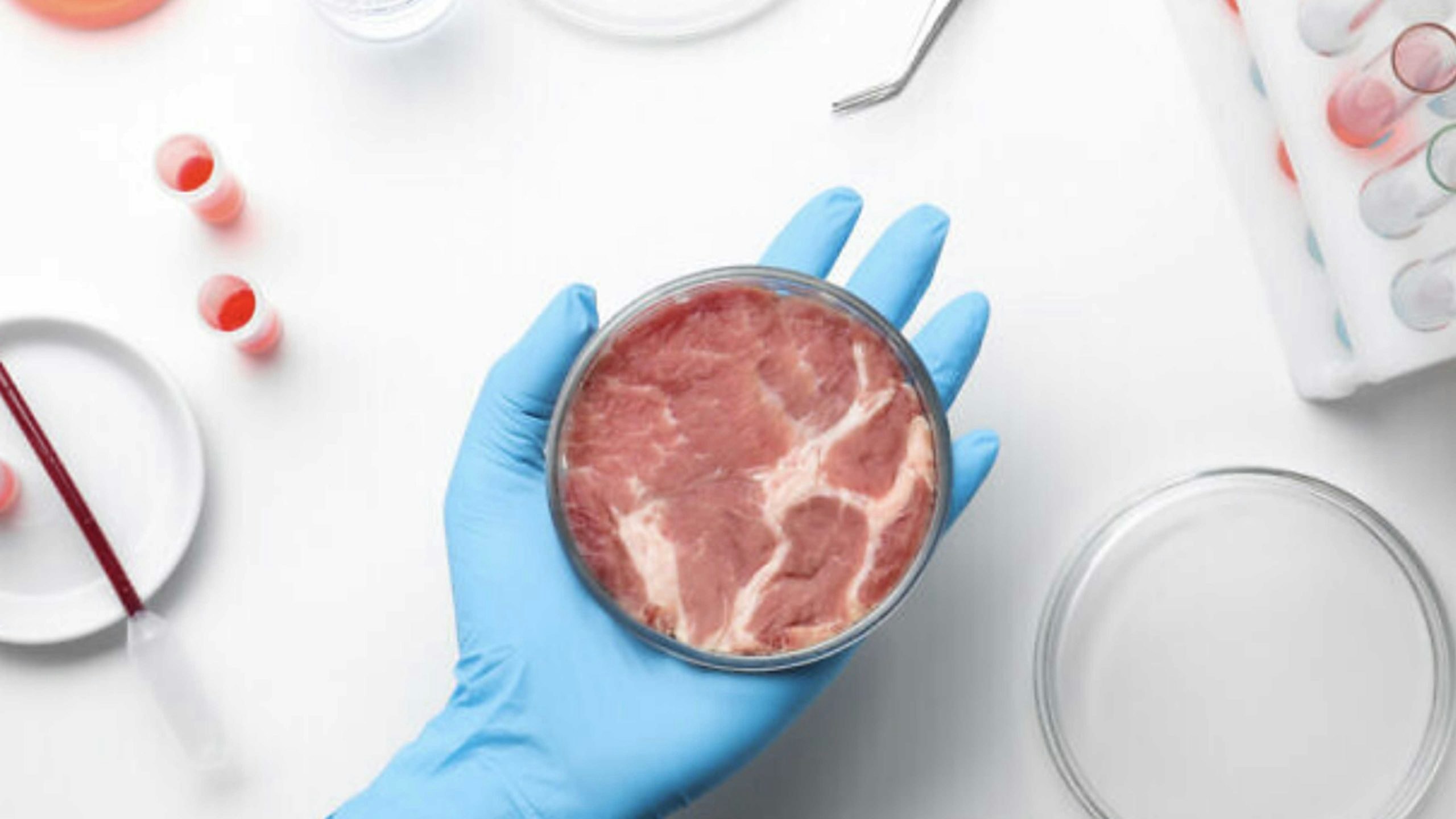The Food and Drug Administration has concluded that lab-grown chicken by a California startup is safe for human consumption.
The announcement gives the green light for the product to proceed with inspections by the USDA, which will oversee processing and labeling.
Emeryville-based UPSIDE Foods bills its lab-grown chicken as a slaughter-free alternative to the real deal, as well as being more environmentally friendly.
Watching It Closely
As cattle and sheep ranchers struggle to be profitable in an environment with rising fuel, feed and labor costs, more competition in the food market isn’t welcome news for those operations.
“We’re certainly watching it closely,” said Jim Magagna, president of the Wyoming Stockgrowers Association.
Magagna said that no one is losing sleep over it, however. There’s a long way to go before the product is available for the average consumer, and just because lab-grown meat is a thing doesn’t mean it can compete with a juicy, natural Wyoming steak.
On The Pricey Side
“Our sense thus far is that it’s going to be a rather expensive product,” Magagna added.
In 2013, a company managed to produce the first lab-grown hamburger patty, which cost $330,000.
There’s no word yet as to the cost of the lab-grown chicken from Upside Foods, but new products tend to start out expensive.
Warrie Means, associate dean of the University of Wyoming College of Agriculture, Life Sciences and Natural Resources, said lab-grown meat products aren’t cheap to produce. They require a controlled, indoor environment, which requires energy costs. Then the cultures require amino acids and fatty acids.
“Those have to come from somewhere,” Means said. “So that’s what makes it also expensive is managing that part of it.”
What’s It Taste Like?
When it comes to alternative foods that are perceived as healthier, better for the environment, or vegetarian-friendly, consumers tend to pay premiums. So, unless the costs are too high, the lab-grown chicken might still find a market.
Still, there’s only so much consumers will compromise on taste.
Means said the taste of lab-grown meat is likely to be similar to the real thing. The problem is getting the texture right.
“That’s why they’re going with ground products first, to make something that you would compare to a chicken breast, for instance, would be more difficult because of the connective tissue matrix that that the muscle is in,” Means said.
That means the days of a lab-grown T-bone are in the distant future.
Honest Marketing
Dennis Sun, a fourth generation Wyoming rancher and publisher of the Wyoming Livestock Roundup, said his main concern is companies marketing their lab-grown products as being real meat in the same way non-dairy milk products, like soy milk, are marked as milk.
He believes it’s deceptive.
“It’s good marketing, but it’s untruthful,” Sun said.
When lab-grown beef is widely available, it may be marketed as a more climate-friendly alternative to beef from actual cattle. Magagna said that when you consider all the energy that goes into producing meat in a lab, a lot of those climate benefits will be minimized.
“I’m confident that our beef that we’re raising in Wyoming will stand up very well against the lab product,” Magagna said.

Lab Snow Crab
Means said there might be a good market in lab-grown seafood products, like snow crab.
Alaska had to cancel its snow crab season after the population of the crustaceans collapsed. The meat from crab doesn’t run up against the texture challenges that meat on bones would encounter, and the real thing tends to be expensive.
“Those products that are already $10 or $15 per pound, maybe they’ll be able to compete in that kind of economic market,” Means said.
Sustained Hype
When lab-grown meat becomes commercially available, it’ll likely get a lot of attention. When plant-based meat companies, such as Beyond Meat and Impossible Foods, hit the market they received celebrity endorsements and fast-food restaurant deals.
Bloomberg reported that sales of refrigerated meat alternatives declined over 10% in the past year. Beyond Meat’s stock dropped 75% since the start of the year, and according to CNBC, the company’s market value dropped by more than $12 billion in the last three years.
McDonald’s tested a McPlant burger in a partnership with Beyond Meat, only to quietly remove it from the menu due to lack of consumer interest.
Despite the initial hype, consumers still prefer real beef and chicken.





